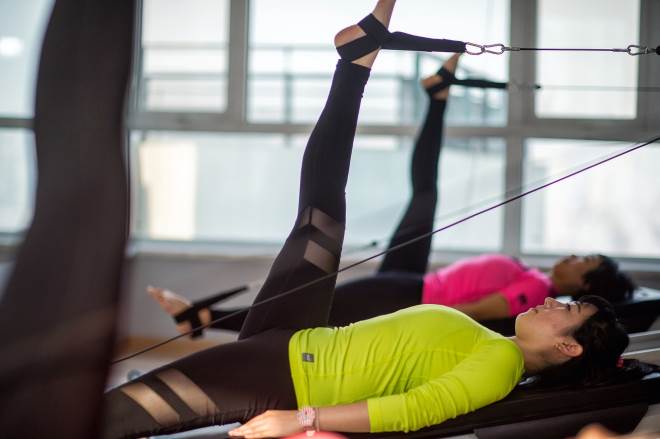Reversing Sedentary Lifestyle: A Step towards Optimal Health
Once upon a time, our ancestors led an active lifestyle, hunting, gathering, farming, moving, and living in sync with nature's rhythm. These days, we lead a predominantly sedentary lifestyle, glued to our screens and chairs, leading to a myriad of health issues. But, what if we could reverse this trend? Could we reclaim our health and vitality by simply moving more?

Understanding the Sedentary Lifestyle
Our current sedentary lifestyle is a relatively new phenomenon. Historically, humans were constantly on the move. However, technological advances and changes in work environments have led to a significant shift. Today, many people spend the majority of their day sitting, whether at work, at home, or during their commute. This lack of physical activity has been linked to numerous health issues, including obesity, heart disease, diabetes, and certain types of cancer.
The Health Impact of Physical Inactivity
Physical inactivity has been recognized as a global public health issue. Research suggests that sedentary behavior can lead to chronic health conditions and even premature death. A study published in The Lancet attributes 5.3 million deaths worldwide to physical inactivity. Indeed, the World Health Organization lists physical inactivity as the fourth leading risk factor for global mortality.
Moving More: The Benefits and Challenges
The solution seems simple: move more. Physical activity has been shown to reduce the risk of several major health conditions, including cardiovascular disease, diabetes, and certain types of cancer. It can also improve mental health and overall quality of life.
However, incorporating more movement into our daily lives can be a challenge. Many of us have jobs that require long hours of sitting. Plus, modern conveniences often discourage physical activity. Yet, small changes can make a big difference over time.
The Science Behind Physical Activity
Numerous studies highlight the benefits of physical activity. Regular exercise can help control weight, lower blood pressure, strengthen bones and muscles, and improve mental health. It’s not just about vigorous exercise, though. Even moderate activity, like walking or gardening, can have significant health benefits.
While the benefits are clear, the mechanisms are complex. Exercise affects almost every system in our body, from the cardiovascular system to the nervous system. It improves circulation, boosts the immune system, and promotes neuroplasticity, the brain’s ability to change and adapt.
Practical Steps to Reverse Sedentary Lifestyle
-
Start small: Incorporate more movement into your day gradually. This could be as simple as standing up and stretching every hour or taking a walk during your lunch break.
-
Make it fun: Choose activities you enjoy to make physical activity something to look forward to, not a chore.
-
Be consistent: Regularity is key. Make physical activity a part of your daily routine.
-
Mix it up: Variety can keep your exercise routine interesting and challenging.
-
Get a workout buddy: Having a friend or family member join you can make exercising more enjoyable and help you stay motivated.
In conclusion, reversing a sedentary lifestyle is a crucial step on the path to optimal health. It’s not about becoming a marathon runner or a gym rat overnight. It’s about making small, sustainable changes to move more and sit less. So, are you ready to take the first step towards a more active lifestyle? Let’s get moving towards better health!




